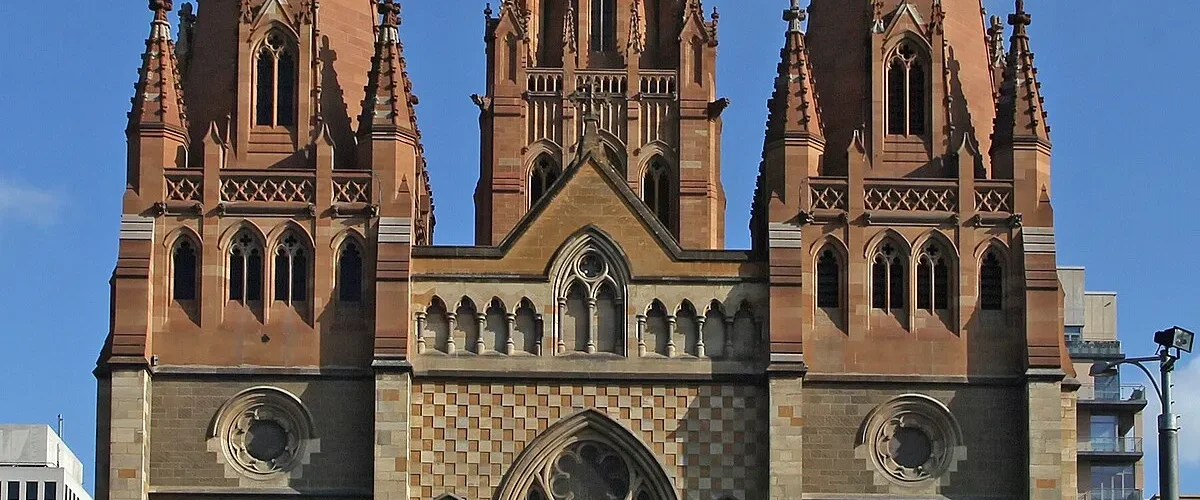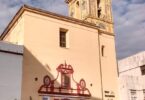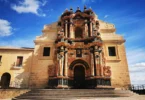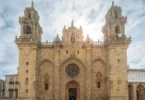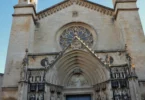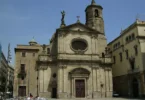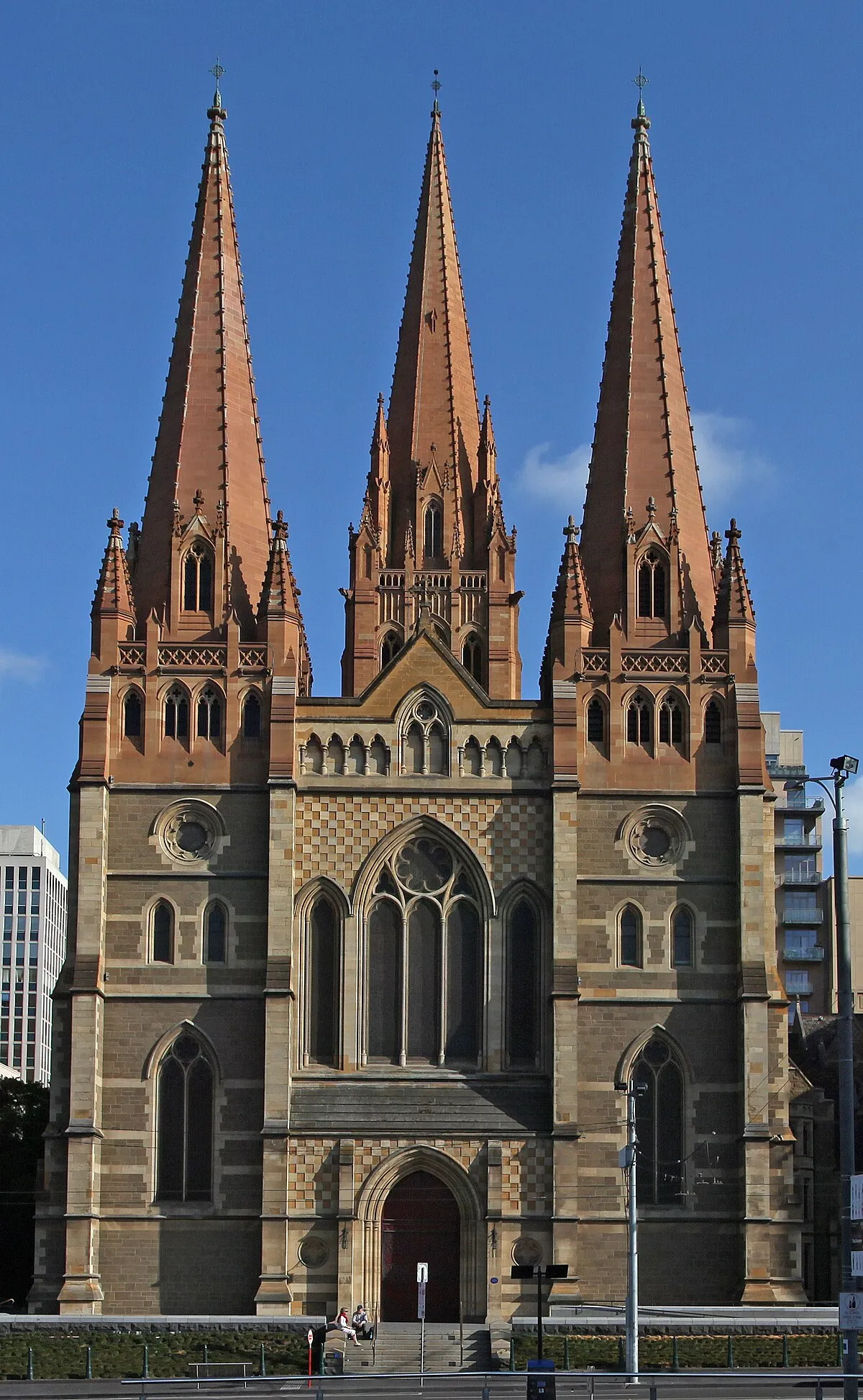
Introduction
St Paul’s Cathedral is an Anglican cathedral in Melbourne, Australia. It is the cathedral church of the Diocese of Melbourne and the seat of the Archbishop of Melbourne, who is also the metropolitan archbishop of the Province of Victoria.
The cathedral was designed by the English Gothic Revival architect William Butterfield and completed in 1891, except for the spires which were built to a different design from 1926 to 1932. It is one of Melbourne’s major architectural landmarks. St Paul’s Cathedral is in a prominent location at the centre of Melbourne, on the eastern corner of Swanston and Flinders Streets. It is situated diagonally opposite Flinders Street station, which was the hub of 19th-century Melbourne and remains an important transport centre. Immediately to the south of the cathedral, across Flinders Street, is the new public heart of Melbourne, Federation Square. Continuing south down Swanston Street is Princes Bridge, which crosses the Yarra River, leading to St Kilda Road. Thus the cathedral has a dominating position from the southern approaches to the city.
The location for the cathedral marks the place of the first Christian service held in Melbourne in 1835. Previous buildings on this site include a corn market and St Paul’s Parish Church.
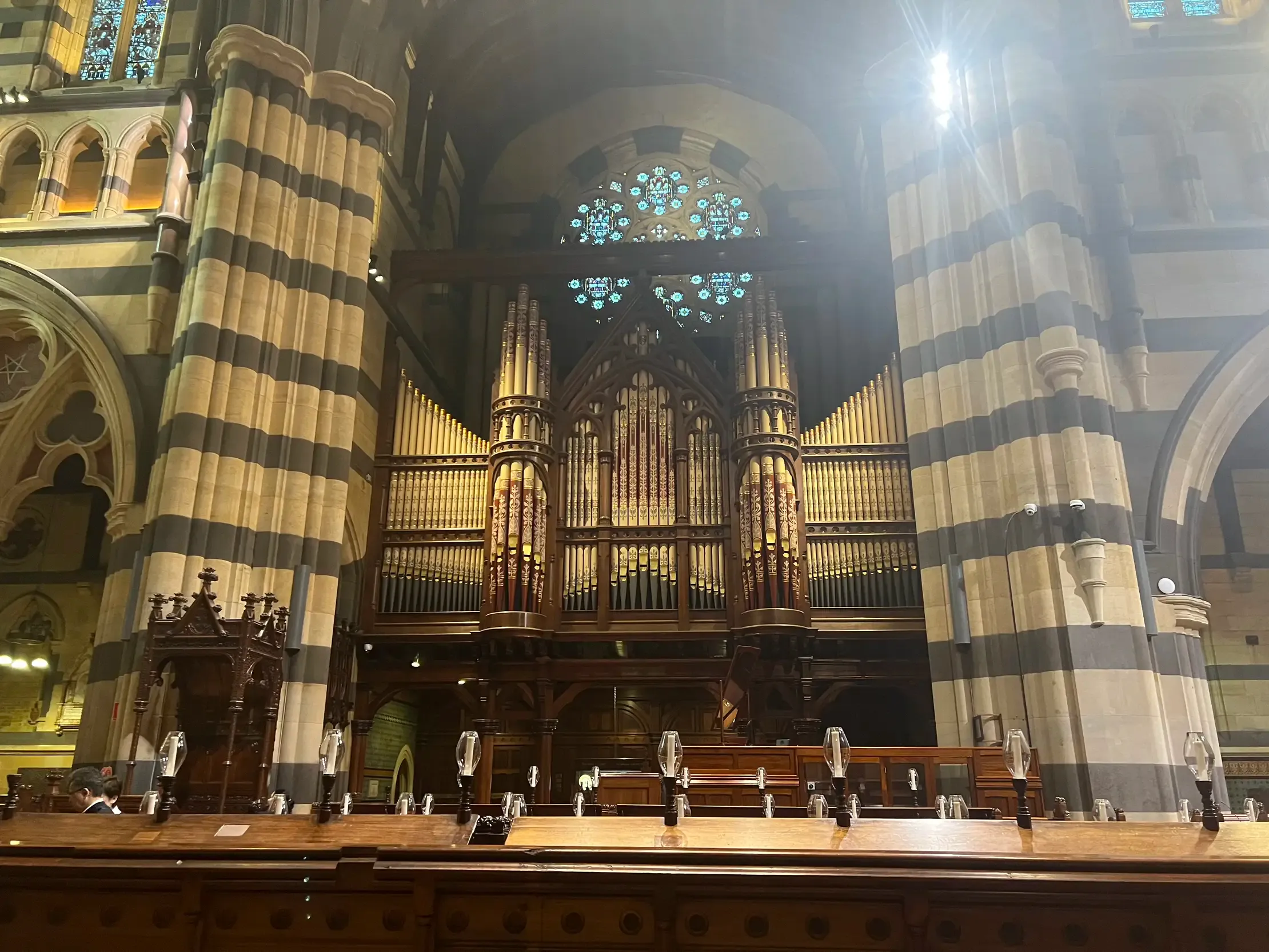
St Paul’s Cathedral is built on the site where the first public Christian service in Melbourne was conducted in 1835. The block was then a government reserve far from the centre of town to the west, and used as a corn market. By 1848 the site was then adjacent to the first Princes Bridge across the Yarra River, and the prominent site was granted to the Anglican Church. The bluestone Church of St Paul the Apostle was consecrated in 1852. Colonial artist Samuel Thomas Gill sketched St. Paul’s Church in 1854. A lithographic print titled ‘St. Paul’s Church Melbourne 1854’ is part of his Sketches in Victoria album and was digitised by the National Library of Australia in 2021.
Nearly 30 years later with the huge growth of the city and Swanston Street becoming a major thoroughfare, the diocese decided to build a grand cathedral on the site to supersede the 1839 St James Old Cathedral located in the western end of the CBD. The English architect William Butterfield, known for his distinctive interpretation of the Gothic Revival, was commissioned to design the new cathedral. To fit the block, the cathedral is orientated in line with the central city grid, on the north-south axis, rather than facing east, the traditional direction. The foundation stone was laid in 1880 by the Governor of Victoria, John, Earl of Hopetoun (later Marquess of Linlithgow), in the presence of the Rt Revd Charles Perry, Bishop of Melbourne. On 22 January 1891 the cathedral (without the spires) was consecrated by the Rt Revd Field Flowers Goe, Bishop of Melbourne.
The building work was marked by disputes between Butterfield and the church authorities in Melbourne, leading to Butterfield’s resignation in 1884. The job was then awarded to a local architect, Joseph Reed, who completed the building generally faithfully to Butterfield’s design and who also designed the attached chapter house in matching style in 1889. The pipe organ was commissioned from the English builder T. C. Lewis, one of the most prominent organ builders of the 19th century.
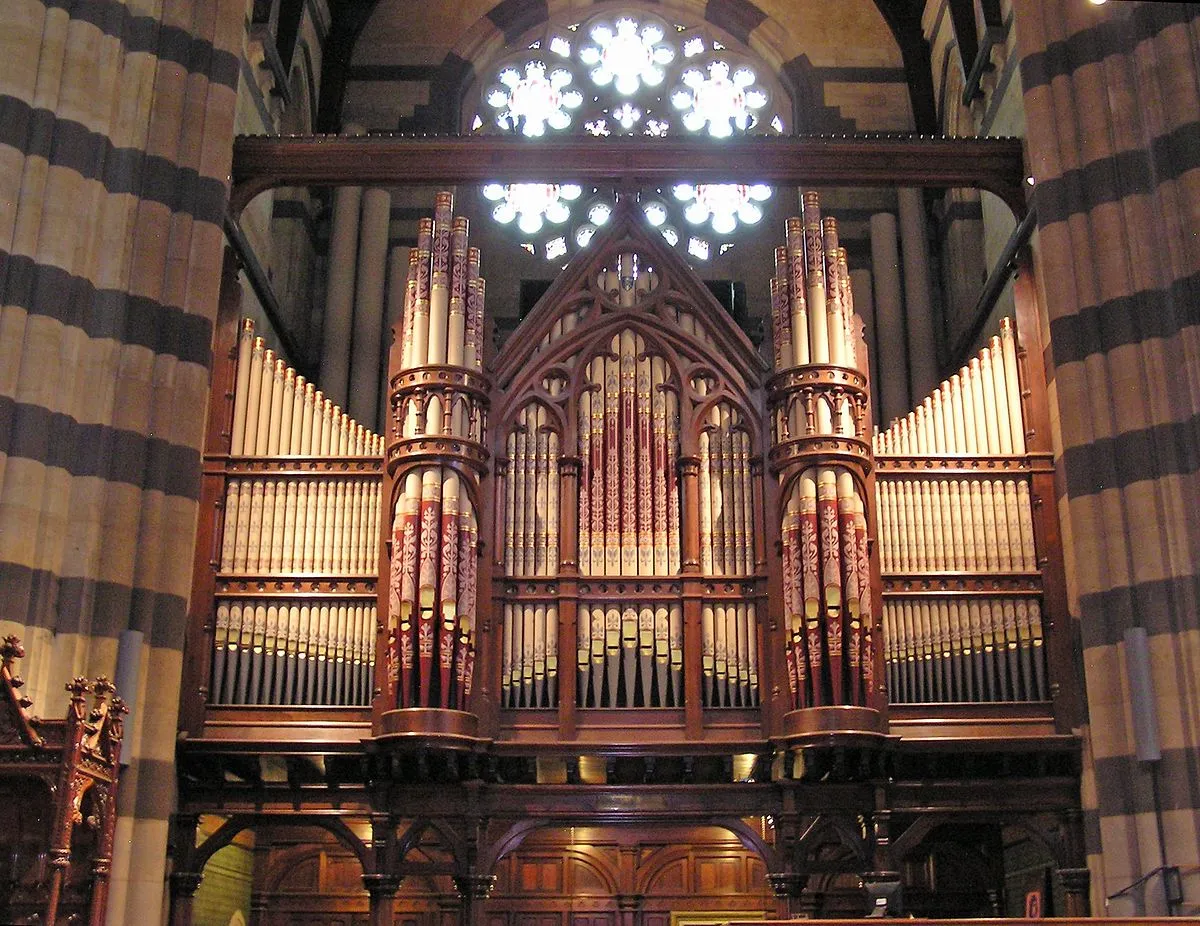
For nearly 40 years, without the spires, the cathedral presented as a rather solid, horizontal mass, but was nevertheless the subject of postcards and photographs. In the early 1920s, having determined not to complete Butterfield’s design, it was decided to hold a competition for the design of new spires. The winner, announced in Feb 1925, was John Barr, of Sydney, with a traditional Gothic Revival style, and the central spire much taller than the original design. Construction started in July 1926, using a stone from the Sydney area that was different to the original Barabool stone. The central tower was named the Moorhouse Spire, and reached its full height of 312 ft (95m) in 1932, and on 30 April 1933 a service of thanksgiving was held for its completion. The tower of St Paul’s became the tallest structure in central Melbourne and dominated the city’s skyline when viewed from the south.
While the towers were underway, additions were made to the Chapter House, enlarging the two storey section facing Flinders Street by one bay and one floor, in exactly matching stonework. The architects were Gawler & Drummond, and the works were done in 1926. The 1960s saw extensive work completed to the exterior of the cathedral and in 1989 the organ was restored with the help of a major National Trust appeal. Further major restoration works were completed in 2009 with significant repairs to the spires, the installation of a coloured glass lantern in the Moorhouse Tower and coloured glass doors and a glass walled airlock at the Great West door.
The growth of multi-storey buildings in central Melbourne during the later 20th century robbed St Paul’s of its claims to height, but with the retail heart height limit of 40m, it has retained its dominance of the immediate area. For about 30 years it was however somewhat dominated by the 16-storey Gas & Fuel buildings built along Flinders Street to the east in 1967, but demolished in 1997 to make way for Federation Square.
By the 1990s the constant traffic vibration in central Melbourne led to concerns about the structural soundness of the cathedral, particularly its spires. A public appeal, led by the then Dean of Melbourne, David Richardson, raised A$18 million to restore the spires and improve the interior of the building. The seven-year restoration project was completed in 2009, under the guidance of Falkinger Andronas Architects and Heritage Consultants (now Andronas Conservation Architecture). The restoration works were undertaken by Cathedral Stone and were acknowledged by the Australian Institute of Architects, the Victorian Chapter Heritage Architecture Award 2009 and the Lachlan Macquarie National Award for Heritage Architecture 2009.
As part of the work, stone heads of former dean David Richardson and philanthropist Dame Elisabeth Murdoch, created by Melbourne sculptor Smiley Williams and carved by stonemason Daryl Gilbert, were added to the spires and new dalle de verre glass was created by Janusz and Magda Kuszbicki for the west doors and the “Eighth Day” lantern in the Moorhouse Tower. Besides Sunday and weekday Eucharists the cathedral “maintains the English tradition” of a daily choral Evensong, being the only Australian Anglican cathedral to do so.
Architecture of St Paul's Cathedral, Melbourne, Australia
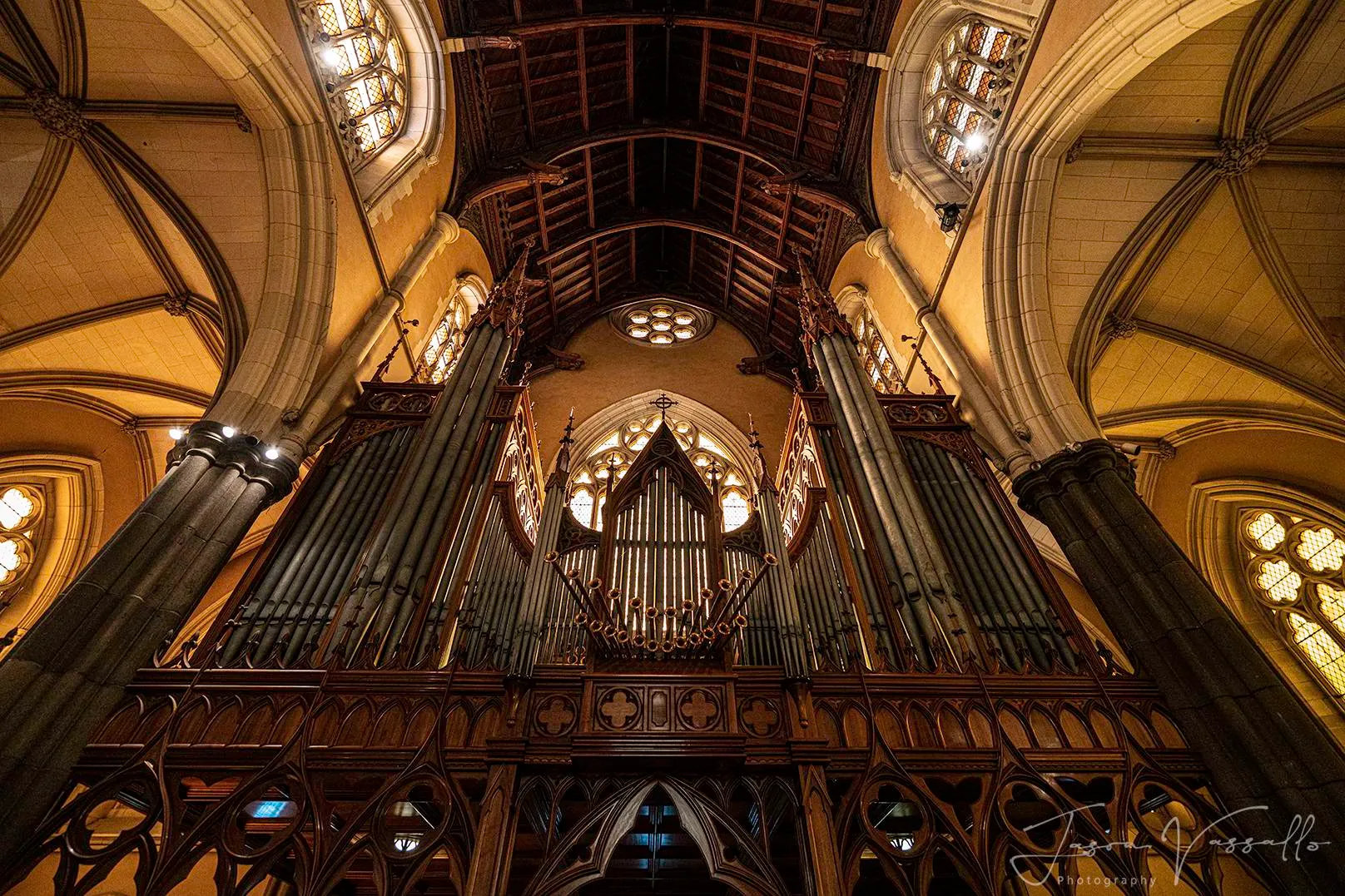
The plan of St Paul’s is a traditional Latin cross, with a long nave, side aisles, short transepts, a tower at the crossing, with choir below, sanctuary and altar beyond, and a pair of towers framing the ceremonial main entrance.
The stonework is a mixture of sandstone from the Barrabool Hills and Waurn Ponds limestone, giving the cathedral a warm colouring, when most other grand 19th century public buildings are faced in lighter sandstone imported from other states. It is also quite different in appearance to the bluestone Gothic of St Patrick’s Roman Catholic cathedral on the eastern hill of the city. Because the spires are built from Sydney sandstone and are 40 years newer, they are a different and darker colour than the older parts of the building.
The interior features rich colours and strident colour contrasts, characteristic of Butterfield’s work, compared to the exterior. All the stonework is constructed of the Waurn Ponds limestone with contrasting stripes of the very dark-coloured local bluestone. The dado, floor, high altar and reredos are outstanding examples of High Victorian Gothic polychromy. The reredos is made from Devonshire marble, alabaster and glittering Venetian glass mosaics. One of the carved figures on the pulpit is said to be the image of a former Mayor of Melbourne’s daughter who died in infancy. The floor is entirely paved with encaustic tile imported from the English firm of Maw & Co., featuring both patterned layouts and patterns within the tiles, while the dado is created with patterned glazed tiles.
In Persian tile on the rear wall of the narthex is a replica of an 8-pointed star found in two churches of the Anglican Diocese of Iran, the church of St Simon the Zealot in Shiraz and St Luke’s Church in Isfahan. There are two baptismal fonts. The round font of Harcourt granite was installed when the cathedral was first built. In 1912 the immersion font was built in memory of Field Flowers Goe, third Bishop of Melbourne.
Organ of Cathedral
The cathedral’s pipe organ was built by T. C. Lewis and Co of Brixton, England. Over six and half thousand pounds were spent on its construction, shipping and installation before it was played at the cathedral’s inaugural service in 1891. Various modifications and maintenance works have been carried out since then, culminating in an A$726,000 restoration which was completed in 1990 with the help of a National Trust appeal. In its restored state the organ has four manuals and pedals with 53 stops, all with electro-pneumatic action, and is housed in the cathedral’s south transept behind newly stencilled façade pipes.
Choir Of Cathedral
Originally formed in 1888 in conjunction with the choir of All Saints’ St Kilda, the cathedral choir led the procession for the official opening in 1891. The choir sings at Evensong throughout the week and for two of the four Sunday services. The choir is also called upon for special occasions including chapter Evensongs, synod services, state funerals, concerts, carol services and seasonal services.
Since the early 1990s the choir cassocks are of a deep burgundy colour, matching the stencil design hue on the organ pipes. Originally the choir wore traditional black cassocks and white surplices, but with the introduction of An Australian Prayer Book in the late 1970s, new cassocks of a green colour approximating that of the new prayer book cover (and coincidentally, that of the visible organ pipework at the time) were introduced and surplices were discontinued. On a visit to the cathedral in 1985 by the then Archbishop of Canterbury, a somewhat astonished Robert Runcie exclaimed that he had “never seen a cathedral choir wearing green robes before”. With the restoration of the organ in the early 1990s, surplices were restored and cassocks of a deep burgundy were introduced matching the new stencil design hue on the organ pipes.
Unique to St Paul’s Cathedral is the boys choir role of “Dean’s Chorister” created by David Richardson when Dean of Melbourne. The Dean’s Chorister primarily has the role of leading the choir with the “virge” or ceremonial mace, a task formerly performed by the head chorister.
In 2016, the 125th anniversary of the cathedral’s consecration, the Girls’ Voices of the Cathedral Choir were established and female lay clerks were also permitted to join the choir. The Girls’ and Boys’ Voices now sing the same number of services per week, and take an equal share in the musical life of the cathedral.
The Bell Tower
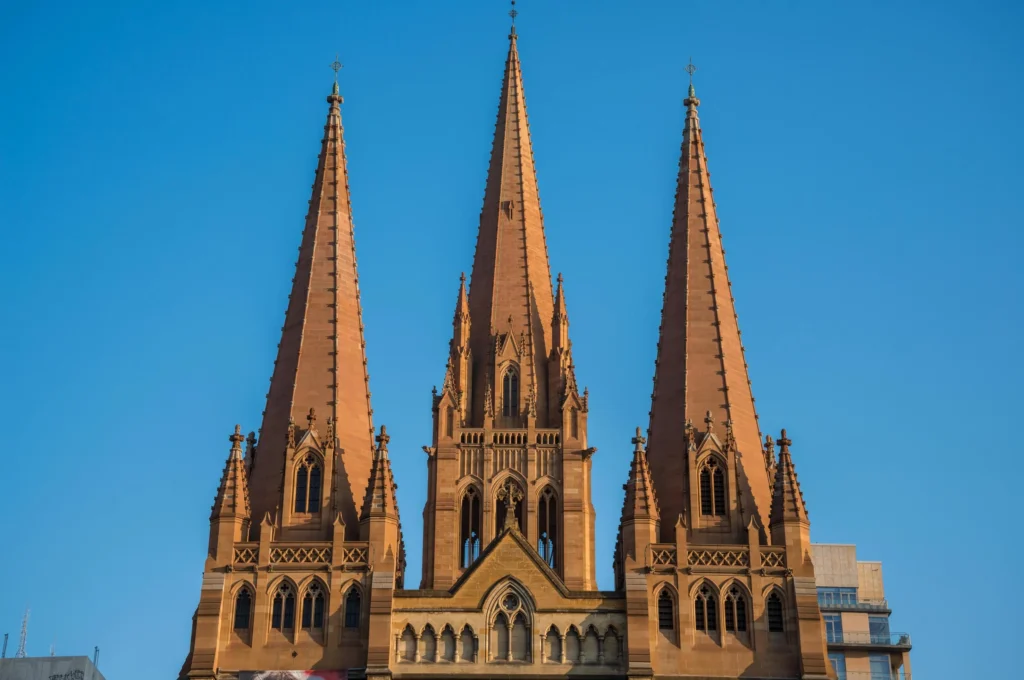
St Paul’s has a ring of 12 bells set for change ringing in the key of C♯, with an extra bell to allow different subsets of the full number to be rung still to a diatonic scale. All 13 bells were cast by Mears & Stainbank of Whitechapel Bell Foundry in 1889. The tenor originally weighed 31cwt but after the whole set was sent to Taylor’s Bell Foundry in 1963 for retuning it now weighs 29cwt.
The bells were a gift from Thomas Dyer Edwardes and were dedicated and first rung on 15 November 1889 for the departure of the Governor of Victoria, Sir Henry Loch (later Baron Loch). The St Paul’s Cathedral Society of Bellringers was founded in 1896 and are affiliated with the Australian and New Zealand Association of Bellringers.
Significant occasions in the Church
St Paul’s Cathedral has hosted many significant occasions in national, Commonwealth and international history. St Paul’s continues to be the choice venue for many state funerals and has played host to those of many prime ministers, premiers, governors, governors-general and other significant people.
Papal visit in Cathedral
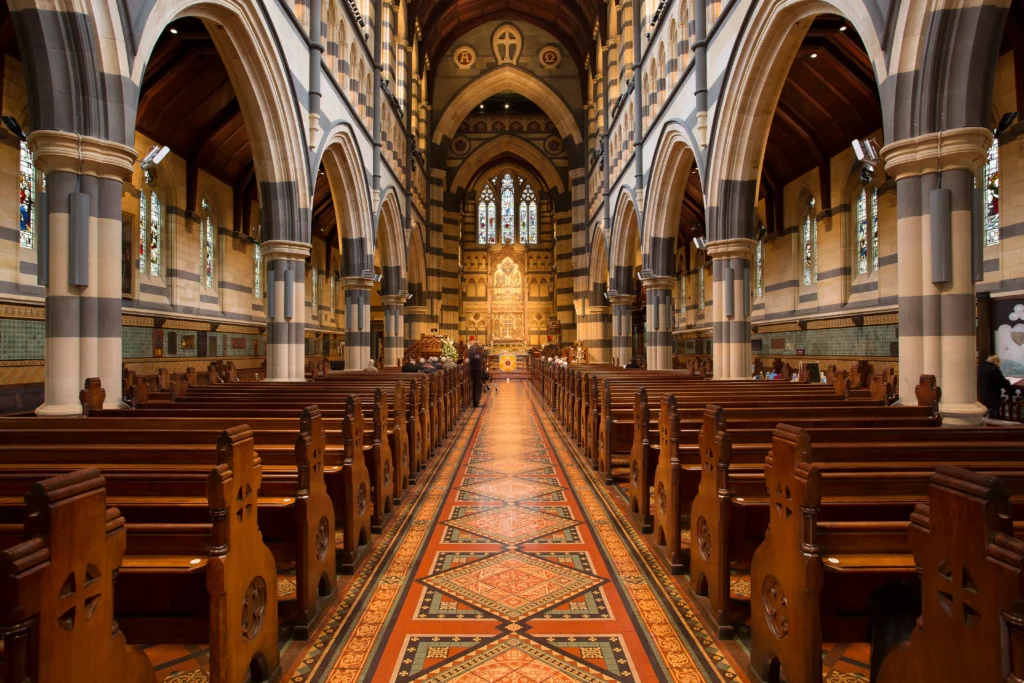
On 28 November 1986, on his arrival in Melbourne, Pope John Paul II paid a visit to St Paul’s Cathedral in recognition of the dialogue between the Anglican and Roman Catholic churches in Melbourne fostered by their respective former archbishops, the Most Reverend Sir Frank Woods (Anglican) and the Most Reverend Sir Frank Little (Roman Catholic).
The cathedral choir sang “Ecce vicit Leo” as the Pope entered the cathedral. After this the Pope prayed for Christian unity and lit a metre-long candle. A memorial chapel (pictured right) commemorates this historic occasion: only the third time in four centuries when a reigning Pope had made an official visit to an Anglican cathedral.
Christmas carol service recording
On 28 November 2007, a carol service called Carols from St Paul’s Cathedral Melbourne featuring the choir was recorded by the Australian Broadcasting Corporation and broadcast Australia-wide on Christmas Eve.
Feast Day
Feast day : June 28th
Church Opening Time:
Monday to Friday
10.00am to 5.00pm
Saturday
10.00am to 5.00pm
Contact Info
Flinders St, Melbourne VIC 3000, Australia
Phone : +61 3 9653 4333
Mass Timing
Weekday masses:
12.15 pm Monday to Saturday
Sunday masses:
8:00 am, 9:00 am, 10.30 am, 6:00 pm
Accommodations
Connectivities
Airway
Melbourne Airport (MEL) to St Paul’s Cathedral, Melbourne 33 min (27.6 km) via M2
Railway
Flinders Street Railway Station to St Paul’s Cathedral, Melbourne 15 min (2.6 km) via Flinders St/State Route 30

